ARCHITECTURE OF CARE: HOW WE BUILD SAIN KA'I
SAIN KA'I: THE SCHOOL AND WORKSHOP WE BUILT TOGETHER WITH THE WAYUU COMMUNITY
WHEN CRAFT BECOMES A REFUGE, AND CARE BECOMES DESIGN
In the desert of La Guajira, where the sand stretches out like a motionless sea and the sun marks the rhythm of the days, Sain Ka'i was born.
In Wajunaki, the language of the Wayuu community, its name means "the place where the sun rises." And although that place didn't exist for a long time, it was always needed.

It all started in 2020, when El Dorado Edit joined forces with the Ibu Foundation , a Charleston-based non-profit organization dedicated to empowering women artisans around the world.
At one of our meetings, the idea of bringing dry toilets to Wayuu communities emerged as a way to respond to an urgent need in a region deeply affected by drought.


The project was approved and took us to Arema, a community located five hours from the nearest urban center, crossing a desert with no signs or marked roads.
There, in the midst of a Yanama —the traditional assembly where the collective direction is decided—we presented the proposal. It was accepted. But the most important thing came next.


We spent weeks sharing our days with the women of the community. We walked with them, wove alongside them, listened to their stories. And only when there was trust did a deeper truth emerge. One woman put it clearly:
"We can go where we've always gone. What we really need is a roof over our heads."
A space to knit.
A place to wait while your children are at school.
A shelter.


They walked their children to school for over an hour every morning. They didn't have time to return home before picking them up again. So they stayed there, near the school, under the sun, sitting on the sand, weaving. In the absence of shade, the ground became their workbench.
A workshop wasn't a luxury. It was a concrete necessity. A refuge. A gesture of dignity.
That's when the project took shape.
We called on architect Juliana Ramírez , founder of Bosque Arquitectura , and together we rethought the design based on the principles of vernacular architecture : building with the knowledge and materials of the place, respecting its climate, rhythms, and memories. The structure was designed using yotojoro , the inner fiber of the cactus, an ancestral technique that the Wayuu had used for generations to build their homes.



What began as a gesture of support became a co-creation process. The community participated in every stage of the project. They contributed more than 50% of the materials and labor. What was intended to be a simple workshop ended up doubling its reach.


When the structure was completed, the women asked a new question:
"How are we going to allow our children to study in a more precarious place than where we work?"



Thus, with the same knowledge, materials, and hands, they built a school. Three classrooms. A daycare center. A new horizon.





In this process, a young and powerful voice also emerged: Chefa , a Wayuu leader who became a bridge between generations. A local teacher and student in training, Chefa took on the role of accompanying, articulating, and representing. Her mission is clear: to bring the voice of her community to the world, without intermediaries or translations.
(Months later, Chefa traveled with us to Charleston to participate in a talk and event where we presented the project. It was her first flight, her first time leaving the country, her first time telling her story on an international stage. But that's another story.)
📍 We'll be sharing the second part soon.



TODAY SAIN KA'I IS MORE ALIVE THAN EVER.
The space is actively used by more than 49 women , who have made it their daily workshop. And the school, which was once just a building, has already graduated its first generation of elementary school students .



What began as a conversation turned into architecture.
What rose as a refuge, flourished as a community.
And what seemed like just another structure became a symbol of autonomy.






This is what happens when you listen.
When you build with, you don't stop.
When artisanal weaving finds its roots in architecture and its voice in the community.

Sain Ka'i: the place where the sun rises... and also new ways of living, teaching, and creating.


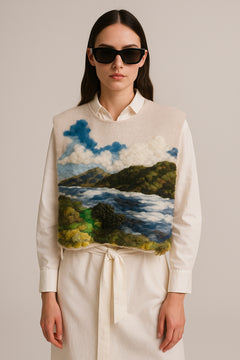
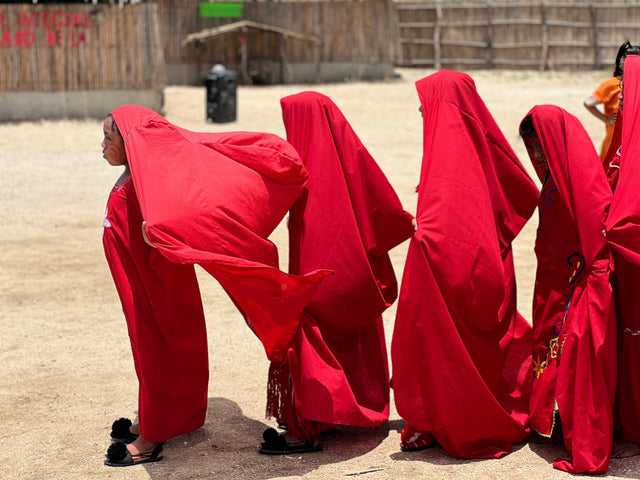


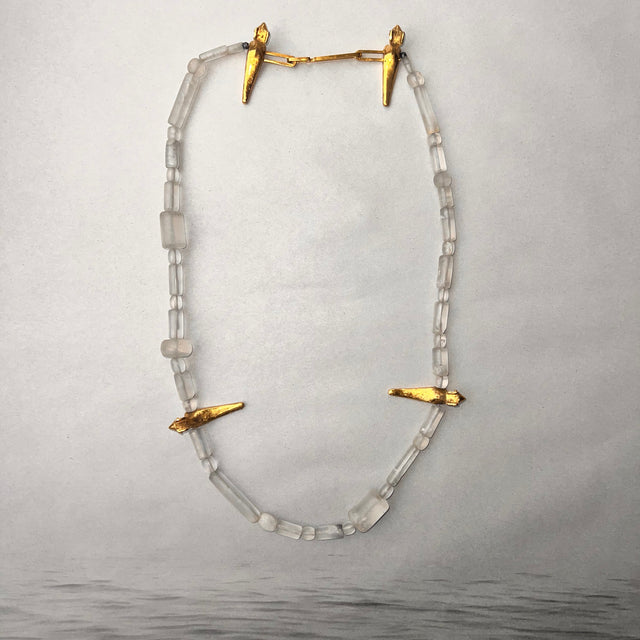
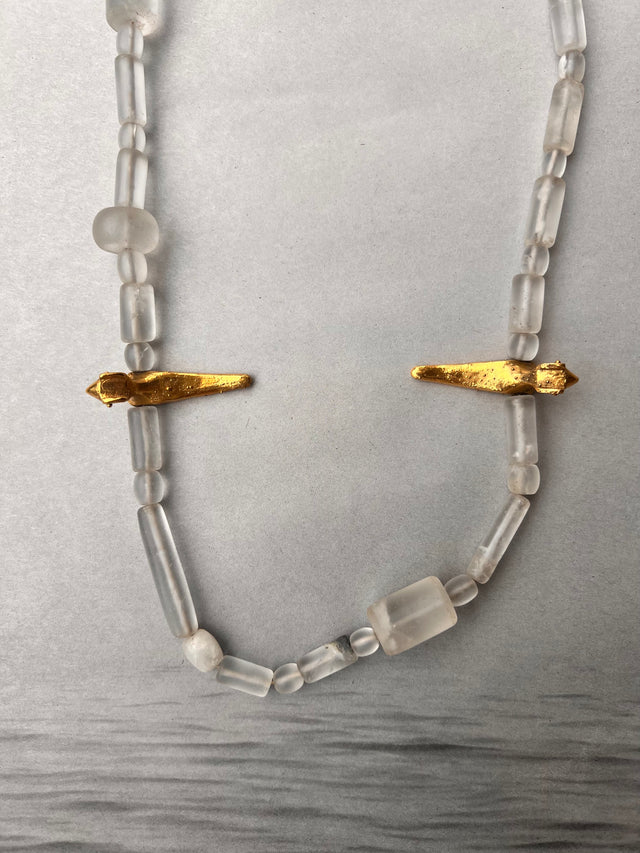




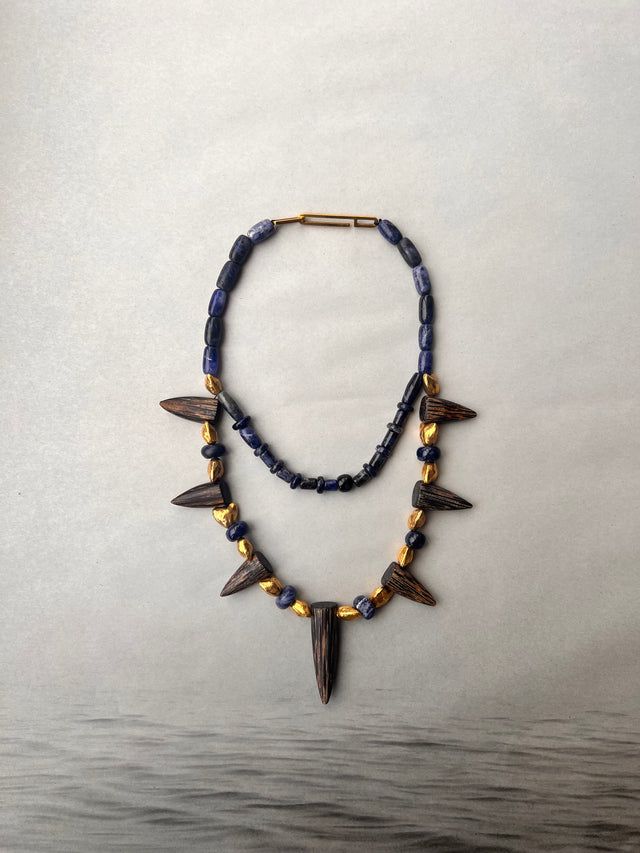
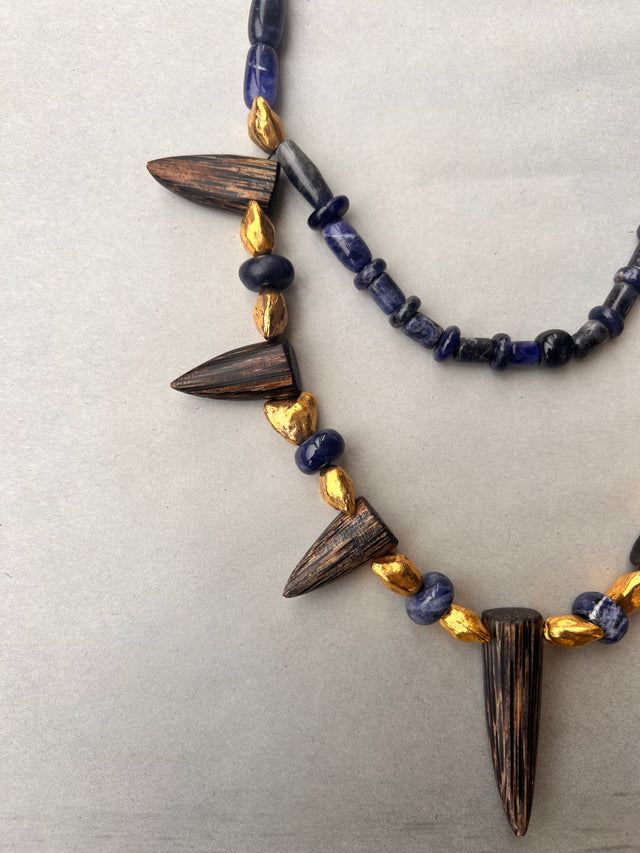



1 Comment
This is so wonderful to see. We are so grateful that so many are benefiting from this project! Well done! 💕💕💕